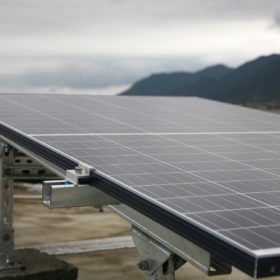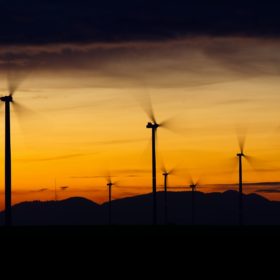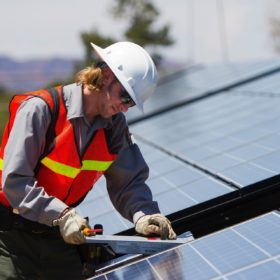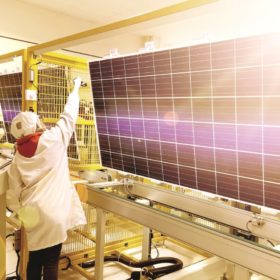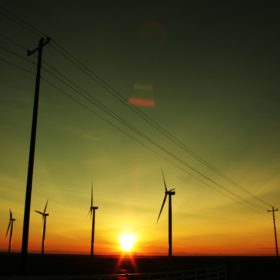ArcelorMittal seeks solar PPAs for 150 MW in South Africa
The steel manufacturer aims to sign power purchase agreements for six operational sites in Vanderbijlpark, Newcastle, Vereeniging, Pretoria, Thabazimbi and Saldanha.
Tunisia’s first floating PV project
The national utility has signed an agreement with the Total-owned Qair business formerly known as Quadran International for a 200 kW floating solar power plant and a study of Tunisian potential for the technology.
Germany launches 650 MW tender for ‘innovative’ renewables
The long-awaited procurement exercise includes 250 MW of generation capacity originally intended to be tendered last year.
Wind direction and tilt angle approach to keeping panels cool
A technique proposed by scientists in the United Stated could raise solar plant output 5% and decrease panel degradation by more than 0.3% per year, according to the researchers. The approach is based on wind direction and speed, and module inclination.
Midsummer unveils 500 W rooftop panel
The Swedish PV equipment supplier has launched Midsummer Magnum, a solar module for large rooftops. The manufacturer says the panel offers 14.54% efficiency and an output of 128.3 W per square meter. The company also unveiled a manufacturing process it claims can increase module output 10%.
Chinese PV Industry Brief: More panel capacity and a new potential buyer for Zhonghuan Semiconductor
Suntech is set to expand production at two factories in Jiangsu province. TCL Tech, meanwhile, has vowed to buy a 100% in Zhonghuan Semiconductor.
Canadian Solar secures PPAs for 274 MW in Brazil
With two new deals, Canadian Solar has expanded its pipeline of unsubsidized PV projects in the country to 1.9 GW.
Works begin on Croatia’s largest PV plant
The 6.5 MW solar project will be built with PV modules supplied by Croatian manufacturer Solvis d.o.o.
LevelTen Energy opens procurement of up to 500 MW of European renewables capacity
U.S.-based tender platform has invited proposals for projects ranging in scale from 50-500 MW on behalf of an unnamed client which is a member of the RE100 clean energy campaign. European developers have until July 20 to lodge their bids.
Shielding PV against Earth’s magnetic field
Researchers in Kenya are seeking to reduce the influence of the Geomagnetic field on PV panel performance by replacing aluminum module frames with a steel cage. They have specified they have been unable to quantify costs related to the solution, and that more research is needed.
